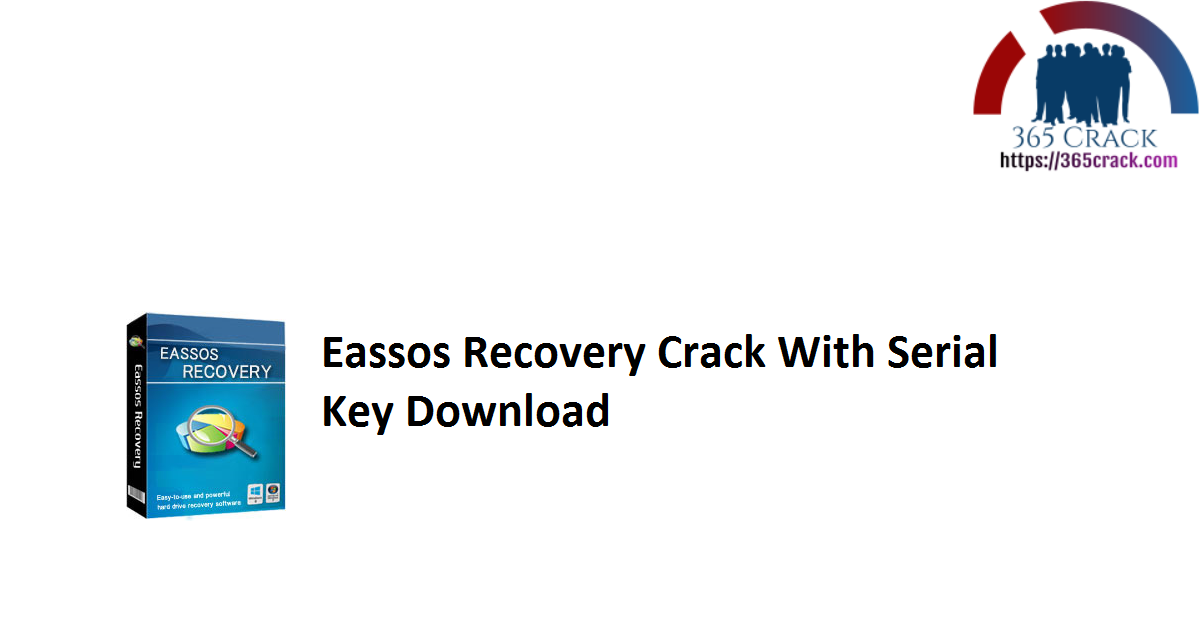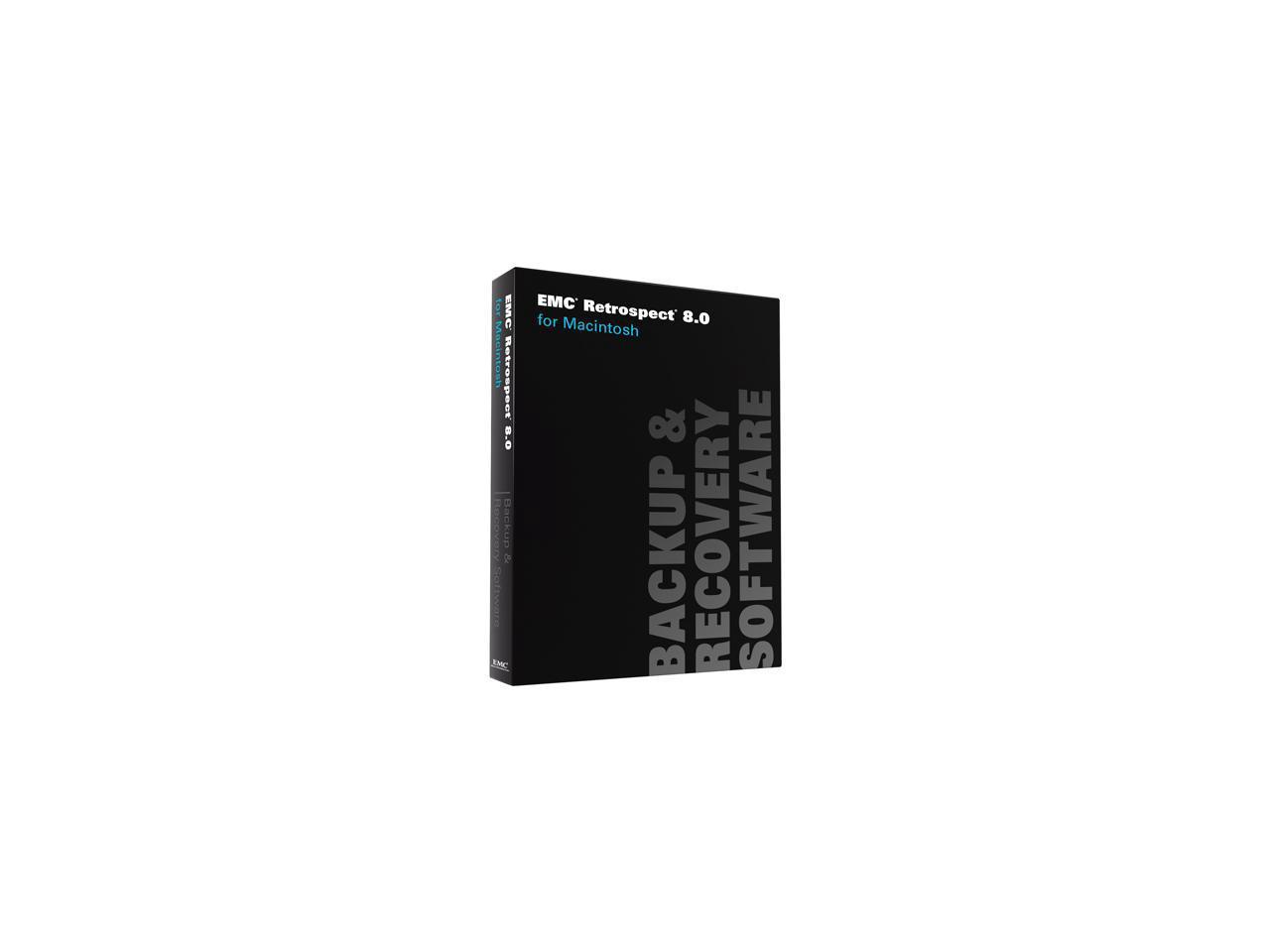


i4.0 introduced a new concept: if computers can run the operation, why can’t they manage the operation as well? If computers can raise alerts about issues in the production line, why can’t they solve those issues? Therefore, i4.0 has made it possible for machines to communicate with other machines or robots about the situation on the line. However, the computers were managed by humans, who, by definition, could lose focus, get sick and make mistakes. Robotics and machine-to-machine connectivityĪs mentioned above, computers have been part of industry since the i3.0 revolution. In this chapter I will cover the first topic, robotics, and machine-to-machine (M2M) connectivity. These topics will be the focus of this series, although there are additional defining characteristics that are part of this revolution, such as the digital twin, additive manufacturing, augmented and virtual reality and others.

Sensors and predictions (proactive verses reactive).Robotics, and machine-to-machine connectivity.In the following articles, I will focus on three of them: Unlike the Industry 1.0, 2.0 and 3.0 revolutions, i4.0 is not defined by a single invention, but rather by a combination of interconnected components. Then, in the 20th century, with the introduction of computers, we thought that the industrial revolution was complete - there was no way to be more effective than we already were.īut then came the Industry 4.0 (i4.0) revolution, which is changing industry in a way that people hadn’t imagined was even possible. And, in the 19th century, when electricity was invented, even better and cheaper production became common. With the adoption of the steam engine in the late 18th century, mass production resulted, and with it, the ability to produce goods more effectively. When they wanted to buy shoes or a shirt, they went to the shoemaker or to the tailor to be measured so that the craftsman could prepare the item according to their size. The SIG P210 (Swiss Army designation Pistole 49, the civilian model was known as SP47/8 prior to 1957) is a locked breech self loading, semi-automatic. Imagine the life of a person in the early 18 th century. In many respects, the industry 4.0 revolution is a game changer. When I talk to people, smart people, I ask them, “Do you feel the revolution?” They generally respond with “What on earth are you talking about?” But we are in the midst of a huge revolution that is changing our life dramatically, primarily our consumer habits.


 0 kommentar(er)
0 kommentar(er)
